The Disaster Museum in Kobe offers a poignant exploration of the 1995 Great Hanshin-Awaji Earthquake, a tragedy that claimed over 6,400 lives. Through immersive exhibits and harrowing recreations, visitors gain a profound understanding of the catastrophic event. Guided tours emphasize the critical importance of disaster preparedness, showcasing innovative community resilience measures. As a vital educational resource, the museum empowers individuals to mitigate the risks of future natural disasters – a sobering yet necessary lesson from Kobe’s darkest hour.
Key Points
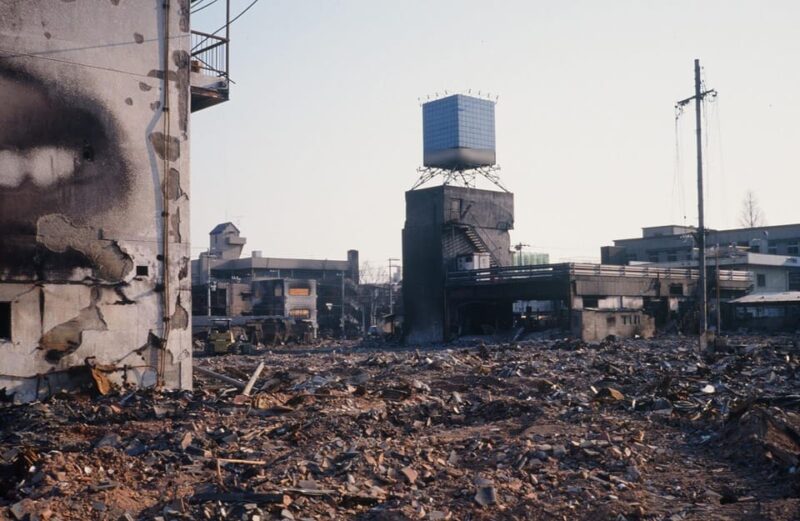
-
The Disaster Reduction and Human Renovation Institution (DRI) serves as a hub to educate visitors about the 1995 Great Hanshin-Awaji Earthquake and its legacy.
-
Exhibits at the DRI feature harrowing video recreations, preserved personal belongings, and interactive displays to convey the earthquake’s impact and importance of disaster preparedness.
-
Guided tours by expert guides provide insights into the earthquake’s devastation, recovery efforts, and challenges faced by the community, emphasizing the need for comprehensive disaster mitigation.
-
The DRI highlights the importance of innovative building codes, evacuation plans, and individual/community preparedness to empower people for better response against future natural disasters.
-
The museum’s mission is to share the lessons learned from the Great Hanshin-Awaji Earthquake to help mitigate the impact of future disasters and foster community resilience.
A Fateful Morning in Kobe
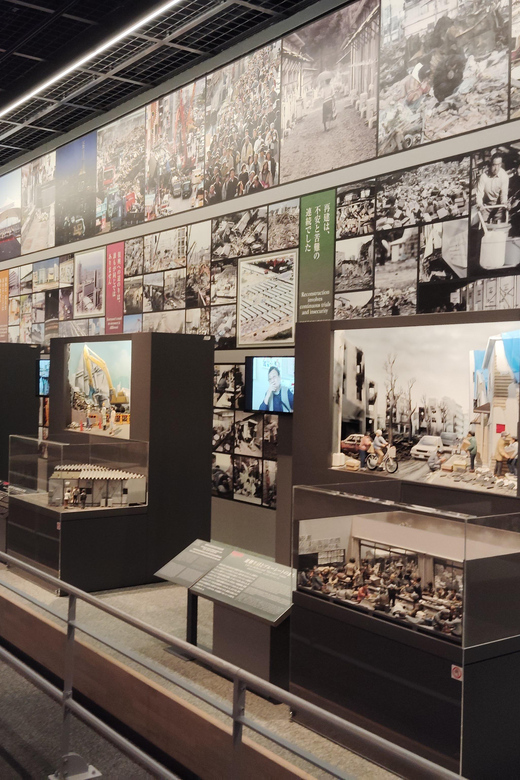
Although it was a chilly January morning in Kobe, the city had no inkling of the tragedy that was about to unfold.
At 5:46 a.m. on January 17, 1995, a powerful earthquake struck, shaking the region with a devastating intensity of 7. The quake’s epicenter was located just 20 kilometers away from the city center.
Within minutes, buildings collapsed, fires erupted, and chaos ensued. Over 6,400 people lost their lives, and the damage was catastrophic.
It was a fateful morning that would forever change Kobe and inspire the creation of the Disaster Reduction and Human Renovation Institution.
Here are more great tours and experiences we've reviewed in Kobe
Uncovering the Earthquake’s Legacy
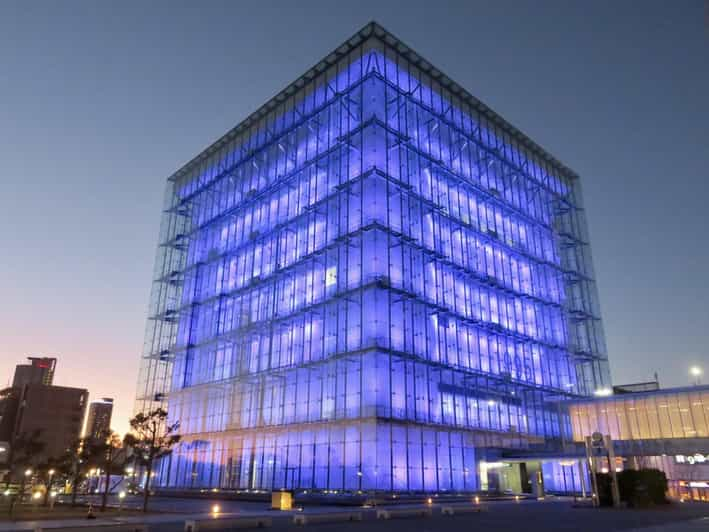
The Disaster Reduction and Human Renovation Institution (DRI) in Kobe has become a testament to the city’s resilience, serving as a hub where visitors can uncover the legacy of the 1995 Great Hanshin-Awaji Earthquake. Through interactive exhibits and guided tours, the DRI educates on the disaster’s impact and the community’s recovery process. Visitors can watch a video recreating the earthquake’s harrowing atmosphere, view exhibits documenting the destruction, and learn from guides about natural disaster mechanisms and preparedness. The museum’s mission is to share lessons learned and mitigate future earthquake disasters.
| Exhibit | Description |
|---|---|
| Earthquake Video | Recreates the earthquake’s atmosphere |
| Destruction Exhibits | Documents the earthquake’s impact |
| Disaster Mechanism | Explains natural disaster mechanisms |
| Preparedness Measures | Teaches disaster preparedness |
| Recovery Process | Highlights the community’s recovery |
Exhibits Documenting the Disaster
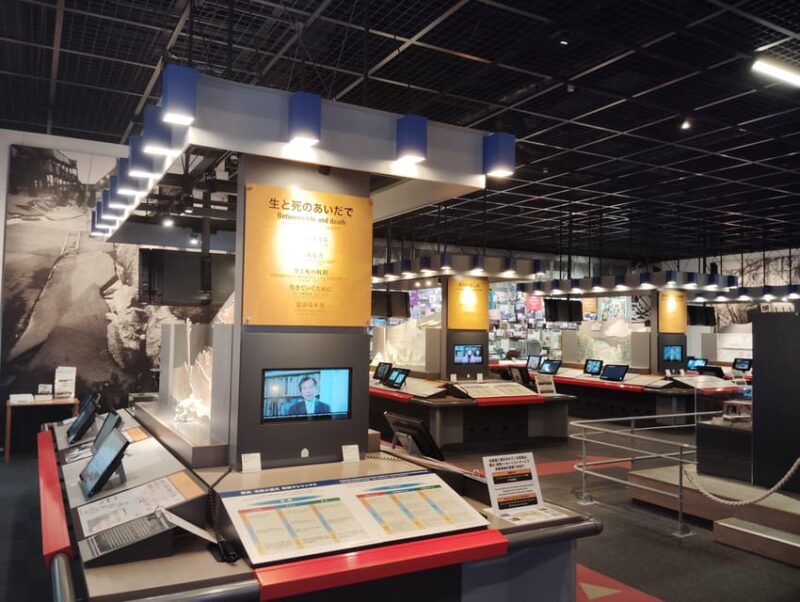
The exhibit halls at the Disaster Reduction and Human Renovation Institution (DRI) in Kobe powerfully document the scale and devastation of the 1995 Great Hanshin-Awaji Earthquake.
Visitors can explore:
- Harrowing video recreations of the earthquake’s impact
- Twisted steel beams and crushed vehicles that convey the earthquake’s force
- Photographs capturing the widespread destruction and human suffering
- Preserved personal belongings that tell the stories of those affected
- Interactive displays explaining earthquake mechanics and preparedness measures
Through these immersive exhibits, the DRI provides a sobering yet educational experience, ensuring the lessons of this disaster aren’t forgotten.
Guided Tour Insights
One component of the guided tour at the Disaster Reduction and Human Renovation Institution (DRI) in Kobe is the insights shared by the expert guides.
They provide a gripping account of the 1995 Great Hanshin-Awaji Earthquake, recounting the horror and devastation experienced by the local community.
Guides offer first-hand perspectives on the recovery efforts, explaining the challenges faced and the lessons learned in building a more resilient city.
Visitors gain a deeper understanding of natural disaster mechanisms and the importance of preparedness measures, leaving the tour with a renewed appreciation for disaster mitigation.
More Great Thing To Do NearbyUnderstanding Natural Disaster Mechanisms
Although natural disasters can be devastating, understanding their underlying mechanisms is crucial for developing effective mitigation strategies.
The guided tour at the Disaster Reduction and Human Renovation Institution in Kobe provides valuable insights into the science behind earthquakes and other natural hazards:
-
Plate tectonics: Earthquakes occur when tectonic plates shift and release built-up energy, causing the ground to shake.
-
Seismic waves: These oscillating motions of the earth’s surface can cause significant damage to structures.
-
Liquefaction: Soil saturation can cause it to lose strength and stability, leading to building collapse.
-
Structural integrity: Proper building design and construction are essential for withstanding the forces of a disaster.
-
Disaster preparedness: Understanding these mechanisms enables better planning and readiness for communities at risk.
Ready for more culture? More museums we feature in Kobe
Preparedness Measures and Lessons Learned
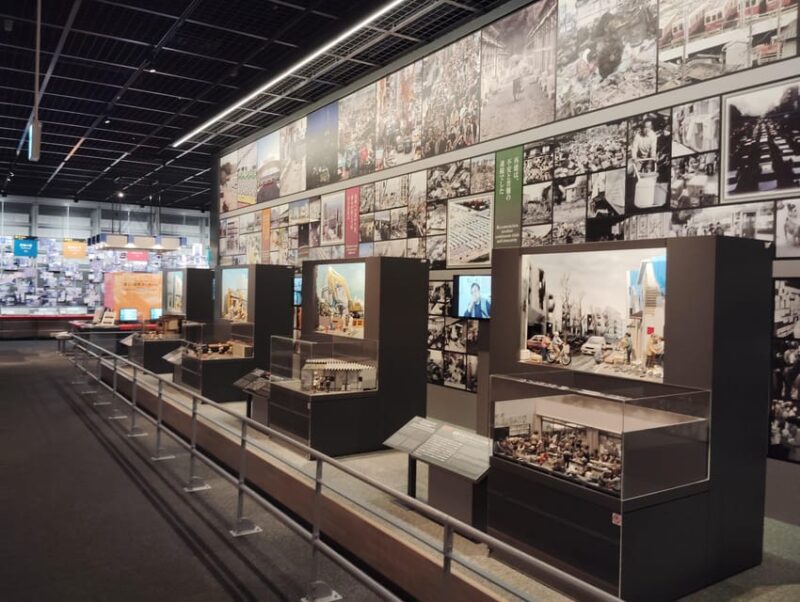
The 1995 Great Hanshin-Awaji Earthquake in Kobe served as a wake-up call, highlighting the need for comprehensive disaster preparedness measures.
The Disaster Reduction and Human Renovation Institution (DRI) now educates visitors on important lessons learned. Exhibits explore innovative building codes, improved evacuation plans, and enhanced emergency response systems implemented after the disaster.
Guides emphasize the importance of individual and community preparedness, such as stockpiling supplies and participating in drills. Visitors also learn about the vital role of volunteers and the long-term psychological impacts on survivors.
Through this immersive experience, the DRI aims to empower people to be better prepared for future natural disasters.
Interactive Exhibits and Visitor Experiences
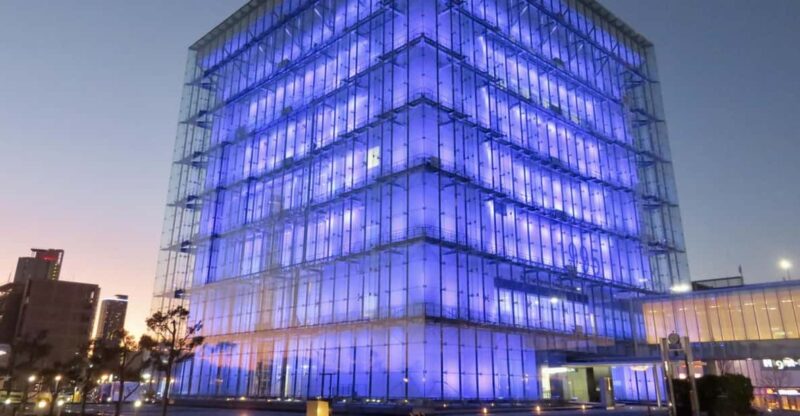
Engaging interactive exhibits and demonstrations immerse visitors in the earthquake experience at the Disaster Reduction and Human Renovation Institution (DRI).
Highlights include:
- A video that recreates the earthquake’s chaos and aftermath
- Exhibits documenting the disaster’s devastation and the arduous recovery process
- Guided tours that provide firsthand accounts and insights into the tragedy
- Hands-on demonstrations showcasing natural disaster mechanisms and preparedness measures
- Educational resources emphasizing the importance of community resilience and disaster risk reduction
Through these immersive experiences, the DRI aims to educate and inspire visitors to enhance their disaster preparedness and mitigation efforts.
Accessibility Considerations and Limitations
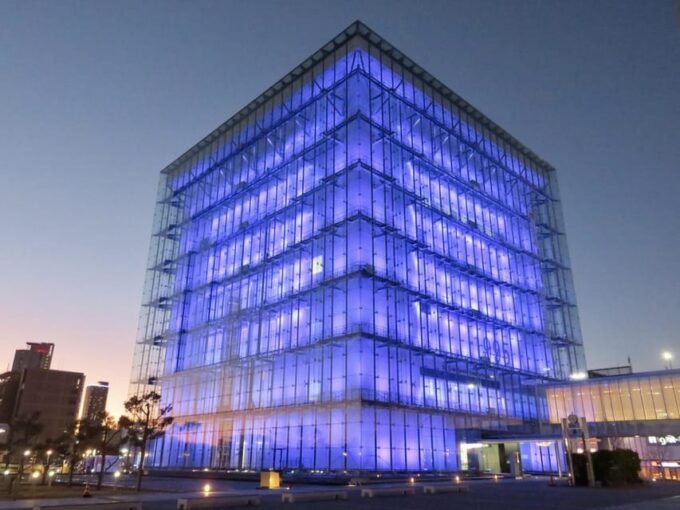
While the Disaster Reduction and Human Renovation Institution (DRI) offers an immersive and educational experience, it may not be suitable for individuals with mobility impairments.
The museum exhibits and demonstrations require navigating through various floors and rooms, which may pose challenges for those with physical limitations. Visitors are advised to check availability and accessibility options for their specific needs before booking.
Plus, the guided tours are offered in a small group setting, so accessibility accommodations may be limited.
The DRI provides a valuable opportunity to learn about disaster preparedness and the resilience of the Kobe community.
Frequently Asked Questions
Is Photography Allowed During the Guided Tour?
Photography is allowed during the guided tour at the Disaster Reduction and Human Renovation Institution. The admission includes access to interactive exhibits, though food and drinks are not permitted inside the museum.
Can Visitors Bring Food and Drinks Into the Museum?
According to the visitor information, food and drinks are not permitted inside the museum. However, visitors are allowed to take photographs during the guided tour.
What Is the Meeting Point for the Guided Tour?
The meeting point for the guided tour is in front of the ticket counter at the Disaster Reduction and Human Renovation Institution (DRI), which is identifiable by a yellow sign with the DeepExperience logo.
Is the Tour Available in Other Languages Besides English and Japanese?
The guided tour at the Disaster Reduction and Human Renovation Institution is available in English and Japanese. It’s unclear if other languages are offered, as the information provided doesn’t mention any additional language options.
Are There Any Age Restrictions or Requirements for the Tour?
The tour doesn’t have any age restrictions or requirements. It’s suitable for participants of all ages, though the interactive exhibits may not be appropriate for very young children. Families and older adults are welcome to join the guided tour.
The Sum Up
The Kobe Disaster Museum offers a sobering yet essential exploration of the devastating 1995 earthquake. Through interactive exhibits and guided tours, visitors gain invaluable insights into the disaster’s impacts and the importance of disaster preparedness. By highlighting innovative building codes and community resilience, the museum empowers individuals to understand and mitigate the risks of future natural catastrophes, ensuring lessons from Kobe are not forgotten.
You can check if your dates are available here:More Workshops & Classes in Kobe
More Tour Reviews in Kobe
- Kobes Harmony: Mountains, Sea, and the Serenity of Arima Onsen
- 1 Day Trip to Awaji Island From Kobe With Akiko
- Kobe: Private Highlights Tour in 3 Hours
- Kobe: Kampai Sake Tasting and Walking Tour
- Kobe Port, Kitano, Arima Onsen & Mount Rokko Night Tour
- Kobe Urban Aquarium Aquarium×art Átoa Admission Ticket
Not for you? Here's more things to do in Kobe we have recnetly reviewed
- 2 Best Dining Experiences In Kobe
- 2 Best Dinner Tours In Kobe
- 7 Best Cruises And Boat Tours In Kobe
- 3 Best Lunch Experiences In Kobe
- 2 Best Food Tours In Kobe
- 5 Best Full-Day Tours In Kobe
- Kobe: Immerse Yourself in the History and Nature of Kobe
- Kobe Cruise Excursion: Private/Custom/City Meetup Possible
- Kobe: Guided Tour of Nunobiki Waterfalls and Herb Garden
- Kobe: Private Tour of Japan’s 3 Leading Sake Breweries in 3H
- Half-Day Private Guided City Tour of Kobe
- Mastering the Art of Sushi & Kobe Beef: A Hands-On Experience
